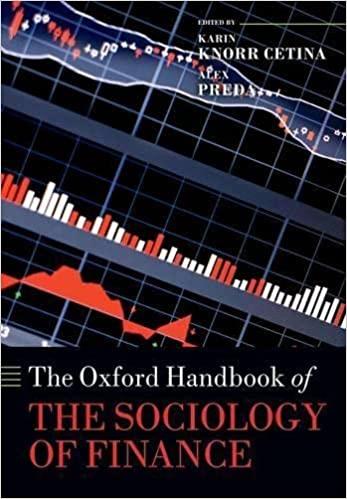Question
Net Asset Value (NAV) of a mutual fund is calculated every day. The book suggests that a closed-end fund (a fund that has a fixed
Net Asset Value (NAV) of a mutual fund is calculated every day. The book suggests that a closed-end fund (a fund that has a fixed number of shares) can trade above or below the NAV. So the cost of investing in (or removing your investment from) a mutual fund can be different than the NAV. That seems odd and yet it is true. Why does this happen and why does it make perfect sense? Also, there are a variety of other options that investors can utilize to obtain the diversification benefits other than mutual funds. As an example, someone could invest in Exchange Traded Funds (ETF) or an investment company such as Berkshire Hathaway. Are these options superior to mutual funds? If so, how?
Step by Step Solution
There are 3 Steps involved in it
Step: 1

Get Instant Access to Expert-Tailored Solutions
See step-by-step solutions with expert insights and AI powered tools for academic success
Step: 2

Step: 3

Ace Your Homework with AI
Get the answers you need in no time with our AI-driven, step-by-step assistance
Get Started


